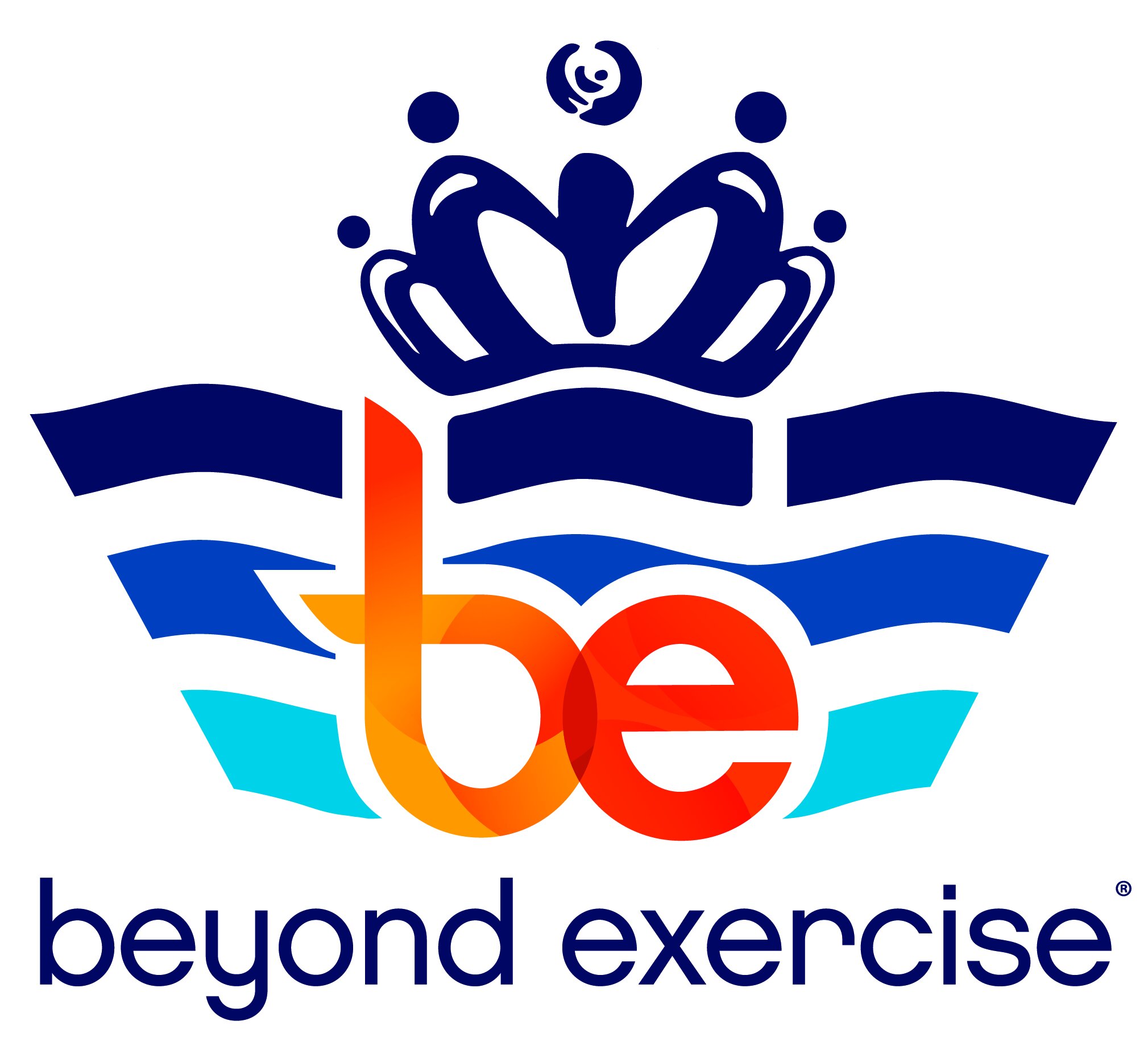Injury Prevention In Dancers
by Dr. Amber Roberts, PT, DPT
Any athlete that chooses to perform or compete through dance dedicates their time, body and mind to the sport they are so passionate about. The stress that the endless hours of dance exerts on an individual's joints, ligaments, muscle and bone has not been specifically quantified; however, the rate of injury observed in this population of athletes is proof enough that more intervention is required to ensure our dancers are optimizing their performance throughout the entire season.
Incidence of injury
As a former competitive D1 dancer, I know the dedication and strength that is required to perform at a high level in this sport. The seasons are long and relentless for these individuals. On average there will be 1.4-4.7 injuries for every 1000 contact hours of dance, with hip hop dancers being twice as likely to be injured within the same amount of contact hours. The injuries most likely to be seen include low back pain, ankle pain, knee pain and hip pain. It was reported that 73% of dancers will experience a bout of low back pain within a calendar year, with only 11% of these injuries seeking out intervention. This is theorized to be secondary to the culture of the sport. As a dancer, you are taught ways to fight through the pain to ensure no time lost. Pain is not something these athletes should be fighting through, it should be something that is being addressed and treated appropriately.
What can be done to ensure these dancers are ready for competition season?
Injury prevention is something not discussed enough among young athletes, especially young female athletes considering they are 2-8x more likely to suffer an ACL tear than men. There are measures to be taken to increase longevity and ensure that an athlete is performing at the maximal capacity possible while continuing to remain pain free.
Treatment methods to employ to prevent injury:
Learn diaphragmatic breathing. The diaphragm is a muscle, and just like any other muscle it can be trained! Proper breathing allows an athlete to obtain a higher level of oxygen consumption, become more efficient while completing cardiovascular work and allow the pelvic floor muscles to properly relax/contract when needed.
Strengthen abdominal muscles. Your deep abdominals create a natural support system for the low back. If these muscles are not strong, or are not firing it can lead to instability which can lead to irritation and injury.
Strengthen hip musculature. Oftentimes the muscles around the pelvis do not proficiently fire when standing on one leg or jumping. Ensuring that the gluteus medius and gluteus maximus are properly doing their job not only protects athletes but it allows optimization of power and form during explosive and single leg movements.
Improve spinal mobility. Typically when a segment is hypermobile, it can be telling of another segment being immobile. Ensuring that the entire spinal column has equal mobility will reduce the overall force being applied to the spine reducing risk of injury
Improve single leg dynamic balance. Individuals with poor ability to stabilize while on a single leg are at a higher risk of injury. The sport of dance spends a ton of time in this single leg stance. Ensuring that an athlete is training to have the highest level of dynamic balance, proprioception and kinesthetic awareness reduces risk of injury and improves performance capabilities.
Train plyometric form. Plyometrics refers to explosive movement typically denoting jumping mechanics. The anatomical differences that females possess can be a reason for higher rates of injury. Having poor kinesthetic and proprioceptive awareness can also increase the risk of injury while completing these plyometric movements. Dance requires high amounts of jumping and leaping increasing these athletes' exposure to high forces placed through the lower extremity chain. If biomechanics are not sound this can lead to higher risk of injury!
Sources:
Long KL, Milidonis MK, Wildermuth VL, Kruse AN, Parham UT. The Impact of Dance-Specific Neuromuscular Conditioning and Injury Prevention Training on Motor Control, Stability, Balance, Function and Injury in Professional Ballet Dancers: A Mixed-Methods Quasi-Experimental Study. Int J Sports Phys Ther. 2021 Apr 2;16(2):404-417. doi: 10.26603/001c.21150. PMID: 33842036; PMCID: PMC8016435.
The female ACL: Why is it more prone to injury? J Orthop. 2016 Mar 24;13(2):A1-4. doi: 10.1016/S0972-978X(16)00023-4. PMID: 27053841; PMCID: PMC4805849.
Meghan L. Critchley, Reed Ferber, Kati Pasanen, Sarah J. Kenny, Injury epidemiology in pre-professional ballet dancers: A 5-year prospective cohort study, Physical Therapy in Sport, Volume 58, 2022, Pages 93-99, ISSN 1466-853X, https://doi.org/10.1016/j.ptsp.2022.10.001. (https://www.sciencedirect.com/science/article/pii/S1466853X2200133X)
Rinonapoli G, Graziani M, Ceccarini P, Razzano C, Manfreda F, Caraffa A. Epidemiology of injuries connected with dance: a critical review on epidemiology. Med Glas (Zenica). 2020 Aug 1;17(2):256-264. doi: 10.17392/1201-20. PMID: 32662613.
Vera AM, Barrera BD, Peterson LE, Yetter TR, Dong D, Delgado DA, McCulloch PC, Varner KE, Harris JD. An Injury Prevention Program for Professional Ballet: A Randomized Controlled Investigation. Orthop J Sports Med. 2020 Jul 28;8(7):2325967120937643. doi: 10.1177/2325967120937643. PMID: 32782904; PMCID: PMC7388110.
Ursej E, Sekulic D, Prus D, Gabrilo G, Zaletel P. Investigating the Prevalence and Predictors of Injury Occurrence in Competitive Hip Hop Dancers: Prospective Analysis. Int J Environ Res Public Health. 2019 Sep 3;16(17):3214. doi: 10.3390/ijerph16173214. PMID: 31484349; PMCID: PMC6747187.
